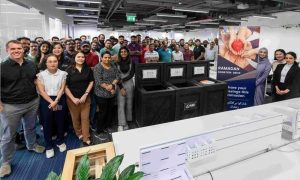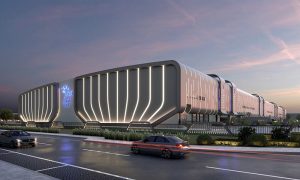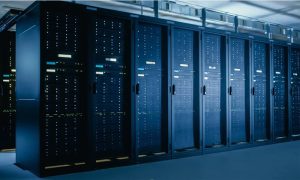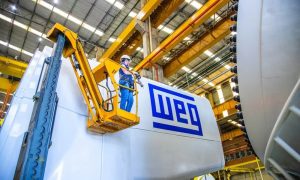Going green?
Saeed Alabbar shares his four step approach to tackling energy consumption

As an industry we are falling over ourselves to find the latest breakthrough’s in technology to help save energy and there have been some incredible advances made in technology. Why then are we using more energy now than 40 years ago? Isn’t engineering about progress?
Unfortunately we as an industry are still not asking ourselves the fundamental question of how much energy does this building consume in real life compared to other buildings. Some fantastic work is being done at the design phase of buildings with building information modelling in order to simulate the performance of buildings before they are built. This is all fantastic work and is a great tool for designers to improve building designs but shouldn’t we then pay more attention to what the building consumes in reality after it is built?
Furthermore, a lot of the analysis done at the design stage is in comparing the building to a theoretical baseline of ‘the same building built to code requirements’. Therefore if the fundamental design of the building is terrible the analysis that is required by the rating system will not reveal this. So what do we need to do as an industry? Here are my humble opinions:
Adopt a realistic approach
We need to start talking about a building’s energy use intensity, the energy consumption per square meter, rather than comparing buildings to theoretical baselines
Set stringent quality control guidelines
Quality control in the integrity of building envelopes needs major improvement. Some fantastic analysis goes into building designs to select the right glass and insulation but quite often all this good work is lost during construction as insulation and facades are installed poorly with high levels of thermal bridging and air leakage. It is not only the contractors that are at fault here. A lot of building envelope designs done by architects in the region are very poor with enormous amounts of thermal bridging. There is really little use in specifying the top of the range insulation if heat is allowed to pass through all the exposed elements of the building. Major savings in energy can be made by addressing this rather simple issue, which would not cost that much to fix.
Focus on the Operational Aspect
We need to move the discussion of green buildings into the realm of building operation. There is a lot of talk about green design and green construction but the objectives seem to stop once the building is completed and received its rating. Buildings do not consume energy while they are being built. They only consume energy when they are occupied so this should be the most important phase of a green buildings life and we need to pay more attention to the energy efficiency of building operation and begin reporting the energy use intensity of existing buildings.
Ensure Proper Utilization of New Technology
Before we try to outdo ourselves with the highest technology of systems in buildings, we need to make sure that those systems will be commissioned properly. Far too often when we look at existing buildings we see the most expensive, highest spec building management system turned off because it is not working properly or the operators do not know how to use it. Bridging the interface between construction and operation, through proper commissioning, is essential, particularly now as buildings are becoming more and more high-tech.
Despite these issues, there is a lot of great change that has happened in the industry over the past few years and the government and private sector are both making great strides in the realm of sustainable buildings. However, we must not rest on our laurels and we must wake up every day and ask ourselves the fundamental questions of how we can really make our buildings better.
Saeed Alabbar is the director of Alabbar Energy and Sustainability Group













